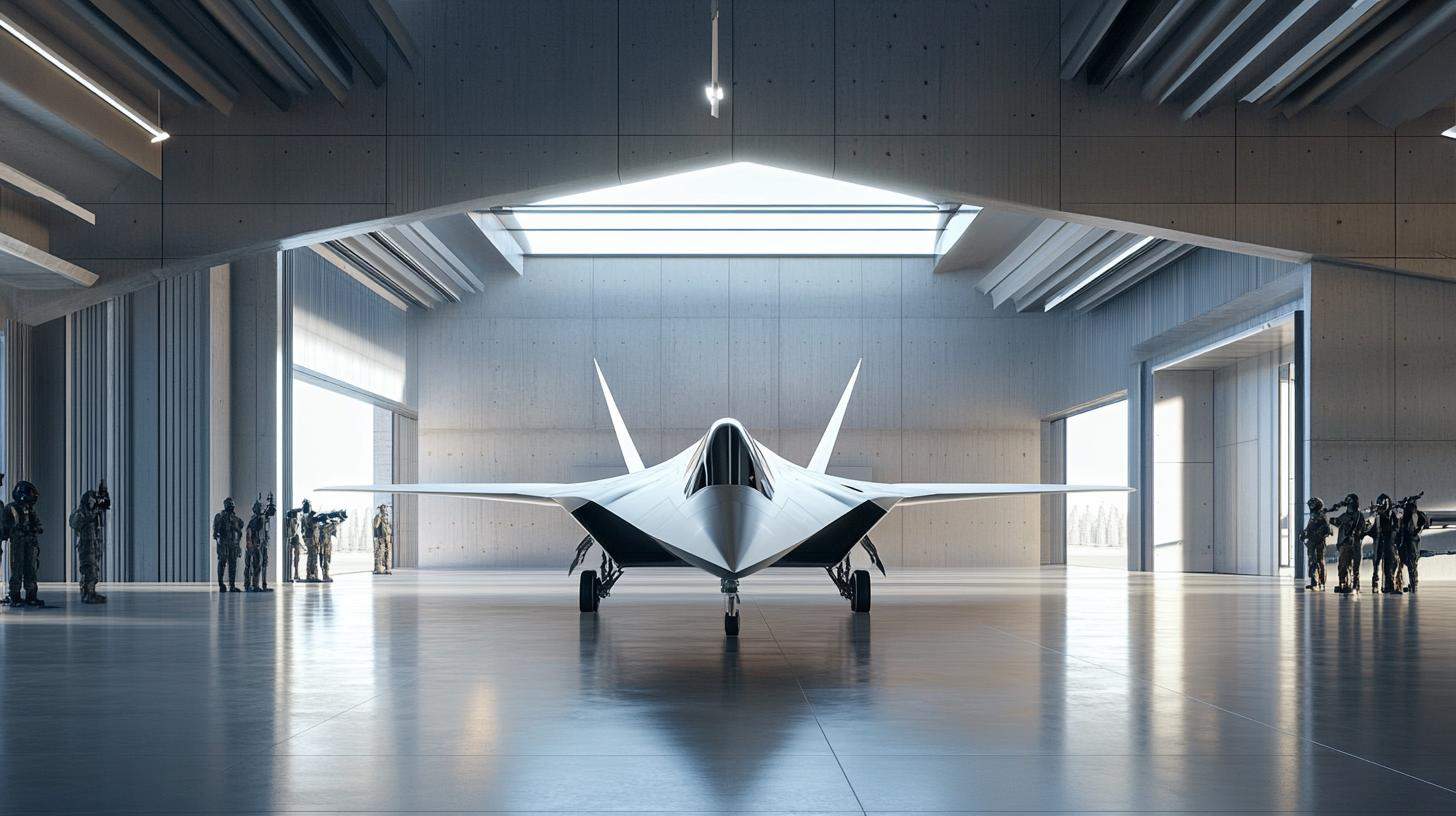China has unveiled the J-15D, a new electronic warfare aircraft, at the Zhuhai Air Show, showcasing advances in their military technology. Positioned as a crucial asset for China’s naval power, the J-15D is an electronic warfare variant of the multirole J-15, which itself is derived from the Russian Su-33.
Advanced Electronic Warfare
This upgraded fighter jet brings new capabilities to China’s naval forces with its focus on electronic attack and suppression of enemy air defenses. Adapted specifically for carrier operations, the J-15D stands out with sophisticated jamming systems, able to neutralize enemy radar and communications from significant distances, offering both offensive and defensive applications.
Innovative Design and Technology
The design of the J-15D features significant alterations compared to its predecessors. Gone is the internal cannon, replaced by external pods and antennas that facilitate its electronic warfare role. The robust airframe, with reinforced wings for additional payload, accommodates various electronic warfare pods critical for its mission.
A Key Strategic Asset
Operated by a two-member crew, the additional operator manages the complex electronic warfare equipment, which is essential for real-time responses. The advanced avionics suite supports these operations, emphasizing the jet’s role as a force multiplier for China’s carrier strike groups.
The J-15D promises to enhance China’s naval operations significantly by offering improved capabilities in electronic warfare and suppressing enemy defenses, thereby securing operational environments for accompanying military units. It marks a pivotal step in the evolution of China’s military aviation prowess.
Hidden Powers in the Sky: How Modern Electronic Warfare Aircraft Are Shaping Global Dynamics
Unseen Impact of Electronic Warfare on Global Security
The unveiling of China’s J-15D electronic warfare aircraft highlights a growing trend across militaries worldwide: the increasing emphasis on electronic warfare (EW) capabilities. While the J-15D represents a noteworthy advancement in China’s military technology, it’s essential to consider the broader implications of such aircraft and how they shape international relations and defense strategies.
Electronic Warfare: A Double-Edged Sword
At its core, electronic warfare focuses on using the electromagnetic spectrum to disrupt enemy operations. While this technology can protect and enhance military actions, it also brings several dilemmas.
Advantages:
1. Operational Superiority: EW aircraft can neutralize enemy defenses, providing air forces with the element of surprise and superior strategic positions.
2. Force Protection: By jamming radar and communication systems, these aircraft protect friendly forces from enemy detection and attacks.
3. Versatility: They are equipped to perform multiple roles, from disrupting enemy electronics to safeguarding communication lines, enhancing operational flexibility.
Disadvantages:
1. Escalation of Arms Race: Enhancements in EW technology can trigger an arms race, prompting other nations to develop or acquire similar or counter-capabilities.
2. High Costs: Developing and maintaining such advanced technology requires substantial financial investments and skilled personnel.
3. Ethical Concerns: The ability to disrupt and incapacitate critical systems can lead to collateral damage, affecting civilian infrastructure and lives.
Strategic Impact on People and Nations
The deployment of electronic warfare aircraft affects not only military operations but also global socio-political landscapes. Nations possessing EW capabilities have a strategic upper hand, potentially leading to altered power dynamics.
Key Questions and Answers
– How do electronic warfare aircraft affect international security?
EW aircraft can deter conflicts by providing enhanced defensive capabilities; however, they may also lead to increased tensions and provoke countermeasures from adversaries.
– What is the broader impact on civilians?
While primarily military tools, the misuse or unintended consequences of EW technology (such as interference with civilian communications) can have significant civilian repercussions.
– Can international regulations manage electronic warfare’s expansion?
Currently, there’s a lack of comprehensive international regulations governing EW technology’s use. Addressing this gap remains crucial for maintaining global peace and stability.
Controversies and Future Developments
The development and deployment of aircraft like the J-15D spark debates on military transparency and the potential risks of miscalculation or accidental engagement. As nations invest and advance in such technologies, the global community must grapple with balancing security needs and ethical considerations.
As we move forward, the evolution of electronic warfare will likely continue, influencing military doctrines and strategic alliances. For more insights into global defense technologies and international military relations, visit [Defense News](https://www.defensenews.com) and [Janes](https://www.janes.com).
In conclusion, while the J-15D represents a crucial step in China’s military evolution, it also underscores the importance of understanding the broader impacts of electronic warfare technology on global security and international relations.







